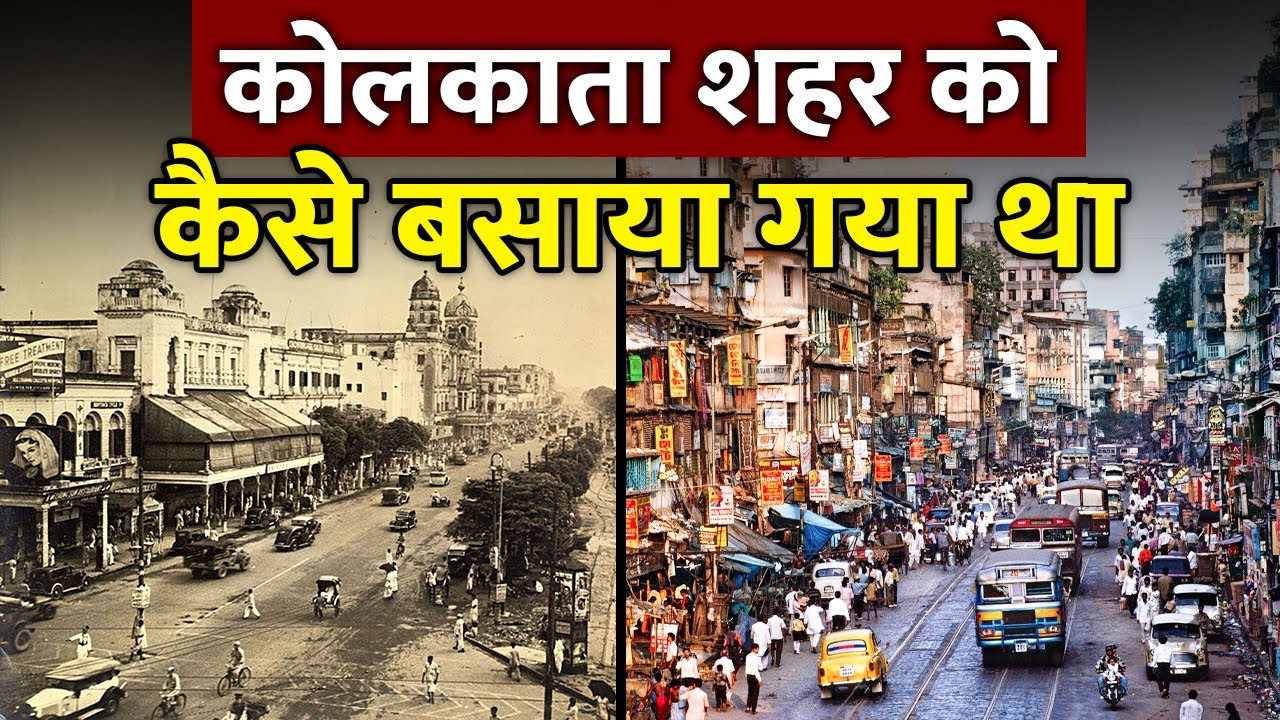Diary ka ek panna class 10 Hindi animation | Class 10 Diary ka ek panna explanation
Summary
TLDRThe script narrates the historic events of January 26, 1931, in Kolkata, where writer Sitaram Sheikh Saria documented the fervent celebration of India's second Independence Day amidst British oppression. The narrative captures the spirit of the people, the defiance of freedom fighters like Subhash Chandra Bose, and the brutal response of the British authorities. It details the mass gatherings, the arrests of women and men, and the injuries inflicted during the peaceful protest, reflecting the struggle and resilience of the Indian independence movement.
Takeaways
- 📜 The script discusses a diary entry by the author Sitaram Shekhar, who was among the countless individuals yearning for freedom during the Indian independence movement.
- 🗓️ The diary entry is dated January 26, 1931, a significant day when the second Independence Day was celebrated with great enthusiasm despite British administrators considering it a crime.
- 🚩 The preparations for the Independence Day celebrations were extensive, with ₹2000000 spent on flags and banners to demonstrate the spirit and novelty of the event.
- 👮♂️ The British administration mobilized the police force in full strength, with traffic police and sergeants stationed at every corner to maintain order.
- 🏛️ Large parks and grounds were cordoned off by the police from early morning to host the gatherings and meetings.
- 🌅 Despite the early police cordon, flags were raised at dawn in several places, including Shradhanand Park, where the police arrested the flag bearer and dispersed the crowd.
- 📣 The script mentions several incidents of resistance and the arrest of individuals and groups, including women, who were participating in the procession and raising slogans for freedom.
- 🕰️ The main event was scheduled for 4:00 PM at the Monument, where the flag was to be hoisted and the pledge of independence was to be read, with a challenge to the public to attend openly.
- 🛑 The police attempted to prevent the gathering by issuing notices and using force, but the crowd, led by Subhash Babu and others, managed to reach the venue despite the obstacles.
- 🚨 There were numerous injuries and arrests, including that of Subhash Babu, who was taken to Lal Bazar after being beaten by the police while he continued to chant 'Vande Mataram'.
- 🏥 The aftermath of the event saw many injured individuals arriving at the Congress office and hospitals, with doctors like Das Gupta attending to them, indicating a significant number of casualties.
Q & A
Who is the author of the diary mentioned in the script?
-The author of the diary mentioned in the script is Sitaram Sheikh Saria.
What significant event is described in the diary entry dated 26th January, 1931?
-The diary entry dated 26th January, 1931 describes the celebration of India's second Independence Day, marked by the enthusiasm of the people and the atrocities committed by the British administrators, particularly against women activists.
What was the public's reaction to the celebration of the second Independence Day according to the diary?
-The public's reaction was highly enthusiastic, with people participating in processions and showing great spirit despite the heavy police presence and the subsequent violence.
How did the British administrators react to the Independence Day celebrations in 1931?
-The British administrators treated the celebrations as a crime and responded with violence, particularly against women activists, using batons and arresting many participants.
What preparations were made for the 1931 Independence Day celebrations as per the script?
-Extensive preparations were made, including the raising of flags and organizing processions. Approximately ₹2,000,000 was spent on flags, and there was a significant police presence to control the crowds.
Who were some of the key figures involved in the 1931 Independence Day celebrations mentioned in the diary?
-Key figures mentioned include Netaji Subhash Chandra Bose, the writer himself, and people from Kolkata who participated in the celebrations.
What challenges did the participants face during the 1931 Independence Day celebrations?
-Participants faced challenges such as police brutality, arrests, and injuries due to baton charges. Many were detained and some were seriously injured.
How did women participate in the 1931 Independence Day celebrations according to the diary?
-Women participated actively in the celebrations, joining processions, raising flags, and even leading groups despite the violence and arrests.
What was the police's strategy to control the 1931 Independence Day celebrations?
-The police's strategy included deploying a large force, taking control of parks and open spaces, and using baton charges to disperse crowds and make arrests.
What was the impact of the 1931 Independence Day celebrations on the public and the city of Kolkata?
-The impact was significant, with many people getting injured and arrested, and a sense of collective resistance and patriotism being fostered among the public. The city of Kolkata witnessed a massive show of defiance against British rule.
How did the writer of the diary, Sitaram Sheikh Saria, describe the overall atmosphere of the 1931 Independence Day celebrations?
-The writer described the atmosphere as highly charged and enthusiastic, with a sense of unity and determination among the people despite the oppressive actions of the British authorities.
Outlines

此内容仅限付费用户访问。 请升级后访问。
立即升级Mindmap

此内容仅限付费用户访问。 请升级后访问。
立即升级Keywords

此内容仅限付费用户访问。 请升级后访问。
立即升级Highlights

此内容仅限付费用户访问。 请升级后访问。
立即升级Transcripts

此内容仅限付费用户访问。 请升级后访问。
立即升级浏览更多相关视频

Veerbala || Best Short Film of Rajasthan Award Winning || MKPP || True unsung hero freedom fighter

Azadi - A Tribute To India’s Great Freedom Fighters | Narrated by Annu Kapoor

3 गांवों को मिलाकर अंग्रेजों ने कैसे बसाया कोलकाता? | History Of Kolkata : Kolkata Ka Itihaas

The Making of India's Constitution

Sejarah Hari Pahlawan (10 November) dan Maknanya

Constitution Day celebrations at Chitrakoota School, Bangalore
5.0 / 5 (0 votes)
